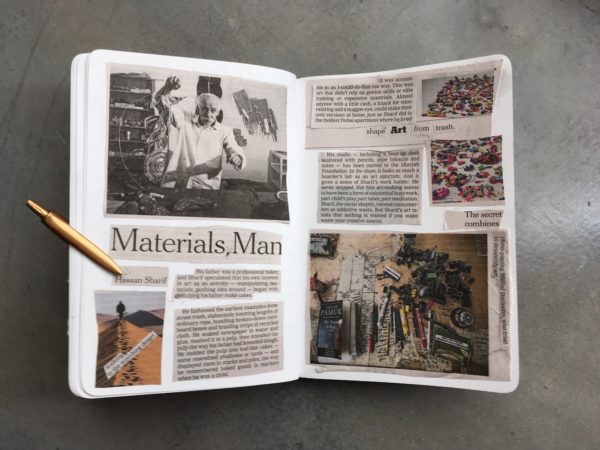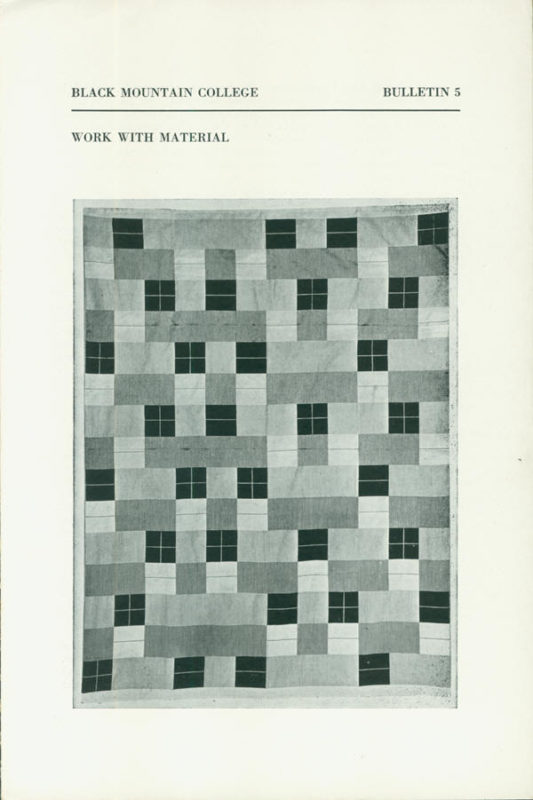 I’ve been thinking a lot lately about materials. Obviously, a painter’s material is paint, a sculptor’s material is bronze or clay. But what of the other, more abstract arts? For example, a stand-up comedian will refer to her material. What, exactly, is that material? Jokes? Stories?
I’ve been thinking a lot lately about materials. Obviously, a painter’s material is paint, a sculptor’s material is bronze or clay. But what of the other, more abstract arts? For example, a stand-up comedian will refer to her material. What, exactly, is that material? Jokes? Stories?
What is a writer’s material? Here’s Annie Dillard:
A well-known writer got collared by a university student who asked, ”Do you think I could be a writer?”
”Well,” the writer said, ”I don’t know. . . . Do you like sentences?”
The writer could see the student’s amazement. Sentences? Do I like sentences? I am 20 years old and do I like sentences? If he had liked sentences, of course, he could begin, like a joyful painter I knew. I asked him how he came to be a painter. He said, ”I liked the smell of the paint.”
More and more I think that our work — and happiness in our work — is to be found in not only identifying our material, but thinking of it as actual, tangible material that you can see and and hear and touch and smell and even taste and manipulate with your hands. This is easier to do if the material is physical, which is why I think so many writers write longhand, or print out their rough drafts to edit with a pencil, or read their work aloud.
An artist has to have a kind of sensual relationship with her material. She has to find material she can fall in love with, or, maybe even better, she has to love the material available to her. The stuff that’s lying around. (There’s a saying: “Attention is the most basic form of love.”)
Yesterday, I was flipping through a big stack of newspapers, looking for images — material! — and I came across this article, “The Materials Man of the Emirates,” about artist Hassan Sharif: “Sharif’s art insists that nothing is wasted if you make waste your creative source.” As Sharif found out, your material could be, in fact, what others consider trash. That is part of the artist’s job: finding treasure in the trash.

Anni Albers, in a 1938 bulletin for Black Mountain College, wrote about “Working With Material.” She said that modern civilization has caused us to lose touch with our own creativity. Her advice: “we must come down to earth from the clouds where we live in vagueness, and experience the most real thing there is: material.”
 Over 40 years later, she asked, in “Material as Metaphor,” “How do we choose our specific material[?]” Her answer: “Accidentally.”
Over 40 years later, she asked, in “Material as Metaphor,” “How do we choose our specific material[?]” Her answer: “Accidentally.”
Something speaks to us, a sound, a touch, hardness or softness, it catches us and asks us to be formed. We are finding our language, and as we go along we learn to obey their rules and their limits. We have to obey, and adjust to those demands. Ideas flow from it to us and though we feel to be the creator we are involved in a dialogue with our medium. The more subtly we are tuned to our medium, the more inventive our actions will become. Not listening to it ends in failure.
She speaks of her own path:
In my case it was threads that caught me, really against my will. To work with threads seemed sissy to me. I wanted something to be conquered. But circumstances held me to threads and they won me over. I learned to listen to them and to speak their language. I learned the process of handling them.
What she learned, in the process of working with threads, she was then able to apply to other materials, for example, learning how ink wants to be with paper. She emphasizes that you really have to work with your materials, understand what they want to become. They will tell you what they want to be if you listen to them. “The finer tuned we are to [them],” she says, “the closer we come to art.”
Materials, man…